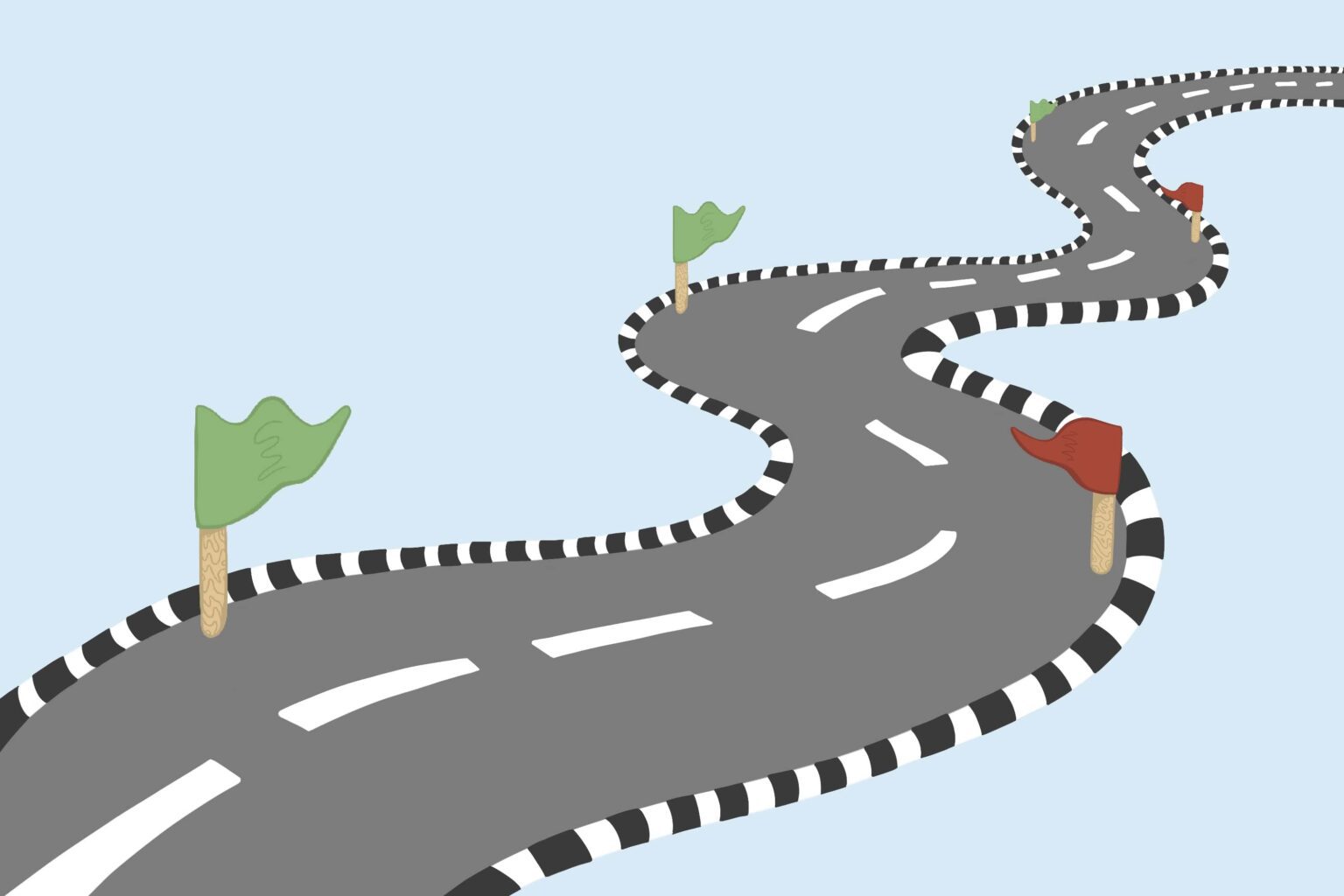Q&A With Dr. Sara Connolly: Milestones – The Good and the Bad

1. Bundoo: Milestones lists and charts are very popular with parents, but what are milestones really used for? How do you as a doctor use milestones?
Answer : Milestone charts and questionnaires can be a lot of fun for parents as they offer you a checklist of behaviors that you might see in your child as he or she approaches a given age. Doctors use milestone checklists to determine if your child is growing socially, emotionally, cognitively, and physically according to what is normal and expected for his or her age. As doctors have limited time with you at each visit to directly observe your baby, milestone questionnaires can be a quick and useful way to detect delay. These checklists are not an all-or-nothing commentary on your child’s development. When completing them, it can be very normal for your child to be doing most but not all of the items on the list.
2. Are there milestones that are more important than others? Any that should legitimately raise red flags among parents?
Answer : Yes. Parents often worry about walking in their 12-month-old, but walking often begins later and is not a great measure of maturity. A 12-month-old should, however, be able to crawl and to stand when supported. Doctors also worry about social and cognitive milestones. Any child who is no longer doing things that they used to do is concerning. A child that does not babble “mama/dada” or use gestures such as waving bye or pointing is also worrisome. Poor eye contact with family members the child knows well (parents, siblings, nanny) is another big concern.
3. It’s interesting that the same milestones charts are used for boys and girls. Is there a difference in the rate they develop and does that typically affect where a boy or girl falls in terms of “normal” development?
Answer : At this age, the developmental differences between boys and girls are subtle and therefore the charts are the same. Nevertheless parents will often notice differences between their children, depending on gender. Personality and temperament also play a strong role in development as well. The laid-back, easy baby might take longer to walk than the headstrong, independent one.
4. What message would you like parents to get when it comes to following milestones?
Answer : While milestone charts are fun, they by no means result in a diagnosis. If you’ve done a chart at home or in the doctor’s office and your child does not seem to be meeting his or her milestones, bring that to your doctor’s attention so they can probe further, asking more specific questions about your child’s environment, temperament, and development. Milestone charts represent what the average child does, but development happens along a timeline from weeks to months, so missing one or two items on the checklist can happen in neurotypical children. Work with your pediatrician to interpret the milestones before you worry.
Powered by Bundoo®










